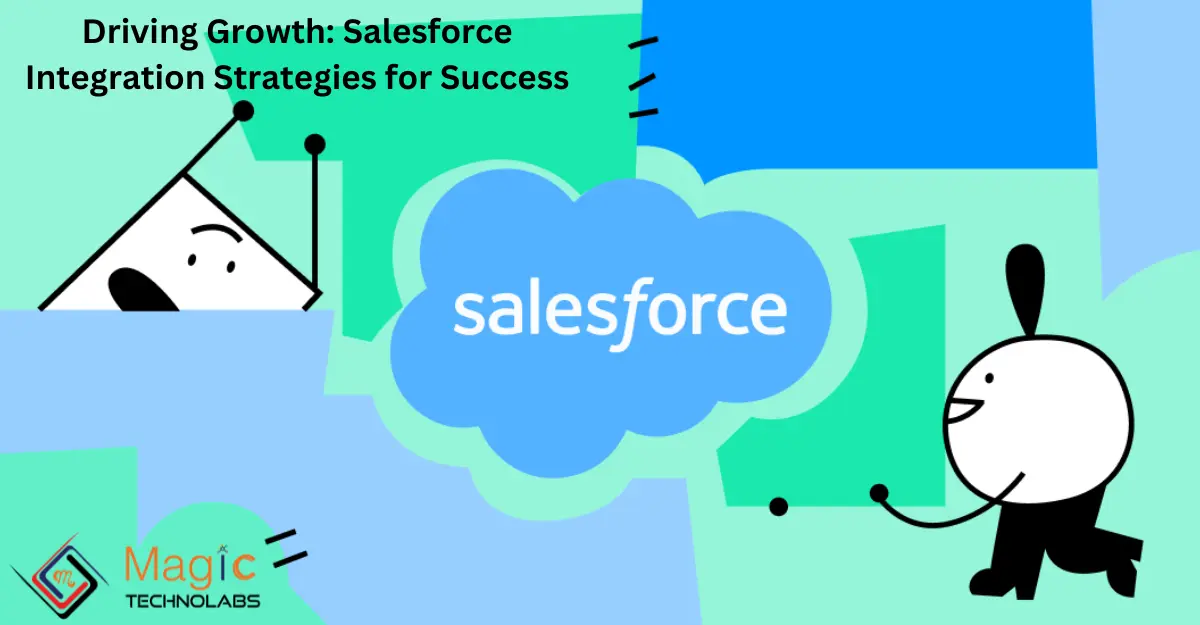In today's highly competitive business landscape, driving growth and success requires leveraging powerful tools and strategies. One such tool that has revolutionized customer relationship management (CRM) is Salesforce. However, to truly maximize its potential and drive growth, businesses must implement effective integration strategies.
The first step in driving growth through Salesforce integration is to assess your business needs and objectives. Understand which areas of your business can benefit from CRM integration, such as sales, marketing, customer service, and operations. This will help you prioritize integration efforts and ensure alignment with your overall business strategy.
Once you've identified the areas for integration, it's essential to choose the right integration approach. Salesforce offers a variety of integration options, including point-to-point integrations, middleware solutions, and APIs. Evaluate each option based on factors such as scalability, flexibility, and ease of implementation to determine the best fit for your business.
Next, focus on data integration to ensure seamless communication between Salesforce and other business systems. This involves mapping data fields, establishing data synchronization processes, and implementing data quality measures to maintain accuracy and consistency across systems.
In addition to data integration, consider integrating Salesforce with other key business applications and platforms. For example, integrating Salesforce with marketing automation tools can streamline lead generation and nurturing processes, while integrating with ERP systems can improve order processing and inventory management.
Another critical aspect of Salesforce integration is user adoption and training. Provide comprehensive training and support to ensure that employees understand how to use Salesforce effectively and leverage its integration capabilities to drive growth. Encourage collaboration and communication between different teams to maximize the benefits of integration across the organization.
Lastly, monitor and measure the impact of Salesforce integration on your business performance. Track key metrics such as lead conversion rates, customer retention, and revenue growth to assess the effectiveness of your integration efforts. Use this data to iterate and refine your integration strategies over time, ensuring continued success and driving ongoing growth for your business.
















